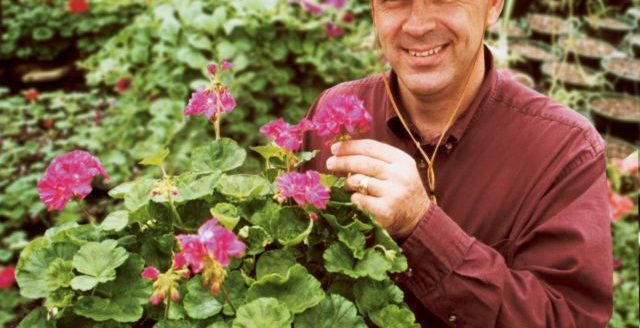Rotten tomatoes—not again!
It happens just about every year. We wait for the first ripe tomato from the garden only to discover that it’s rotten on the bottom side. Ugh! Well, that one will just have to go to the compost pile.
Blossom end rot is a common problem in tomato plants. It’s not a disease; rather, it’s a physiological disorder resulting from an uneven distribution of calcium in the developing fruit. Calcium is very important for cell wall development, and when there isn’t enough in the right place of the developing fruit the tissue gets soft and begins to rot.
Blossom end rot first appears as a sunken, water-soaked lesion (dead area) on the bottom of the fruit (the side opposite of the stem). The lesion expands eventually turning black while the top portion of the tomato ripens. Affected tomatoes are often slightly distorted in appearance and partially decayed throughout much of the inside portion.
It’s not due to lack of calcium in the soil that this problem develops; it is environmental in nature. Plant stress caused by wide soil moisture fluctuations is a major contributing factor. It can also be triggered by excessive application of fertilizer and manure prior to planting, by prolonged soil saturation from heavy rainfall or irrigation, and by deep cultivation near the young tomato plants that damages the roots.
Blossom end rot can be minimized by maintaining adequate levels of soil moisture, especially early in the season. Using mulch during the heat of the summer also helps to moderate soil moisture loss and alleviate heat stress on the plants. Avoid heavy fertilization and use shallow cultivation to reduce root injury.
Blossom end rot usually clears up by itself, affecting only the first few tomatoes of the season. Calcium foliar sprays can be used; however, the better way to reduce the occurrence of blossom end rot is to maintain ideal growing conditions for the plants.
For more information, contact Jake Weber at [email protected] or 620-724-8233.

